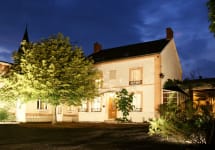Paul Bara Special Club Grand Cru Millesime 2015
- Vinous
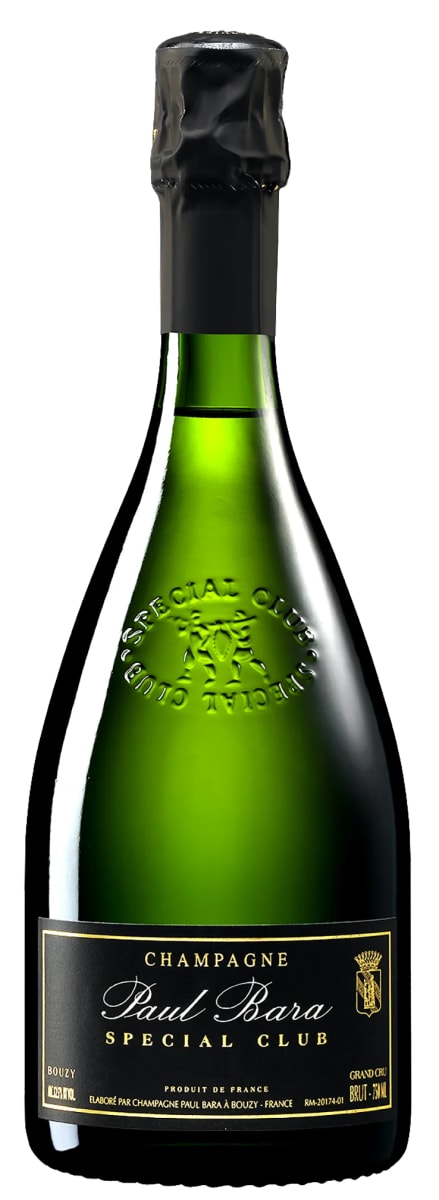


Product Details
Your Rating
Somm Note
Winemaker Notes
Golden yellow colored champagne with fine and delicate bubbles. Richly aromatic and beautifully fresh. otes of citrus and Granny Smith apple. A full-bodied champagne with good balance and persistent freshness.
Professional Ratings
-
Vinous
The 2015 Special Club is one of the more powerful, vinous Champagnes in this range. It offers up a beguiling mix of orchard fruit, white flowers, chalk, mint and white pepper, all backed by considerable volume and substance. Another year or two in bottle should help this find even better balance. It’s a fine 2015. Disgorged: February, 2021.
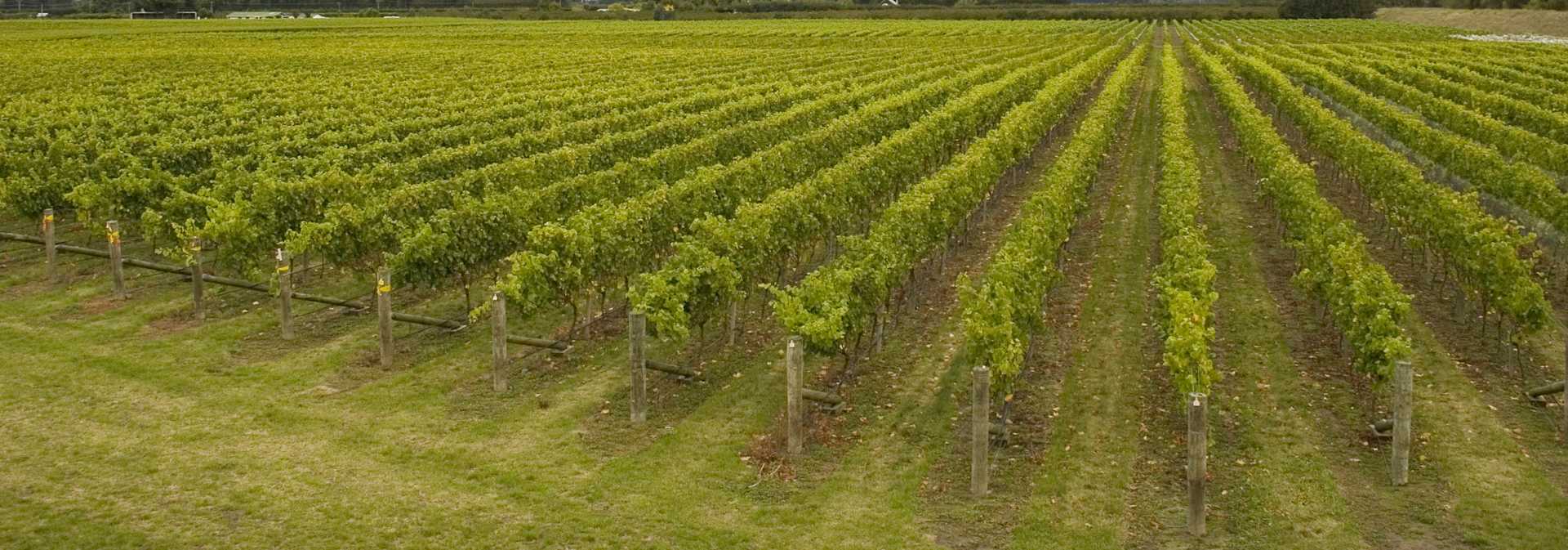
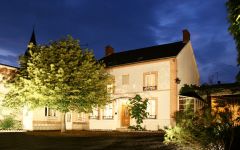
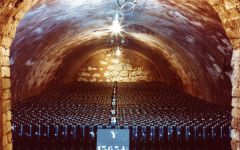

The Montagne de Reims boasts some of the best Pinot Noir in the region—Bouzy is the capital. The key to its inherent greatness lies in its deep, chalky subsoil which imparts intense expression of fruit and great mineral complexity in its grand cru wines. The village of Bouzy and Champagne Paul Bara are practically synonymous. As the published village historian, Paul is indelibly linked to the lore of his hometown. Many call him their most renowned producer, one of the rare récoltants-manipulants in a region inundated with mass-produced wine. These R.M.s, as they are known, are of the few who still grow their own grapes and make their own wines. Champagne Paul Bara is the quintessential example, everything done with personal touch.
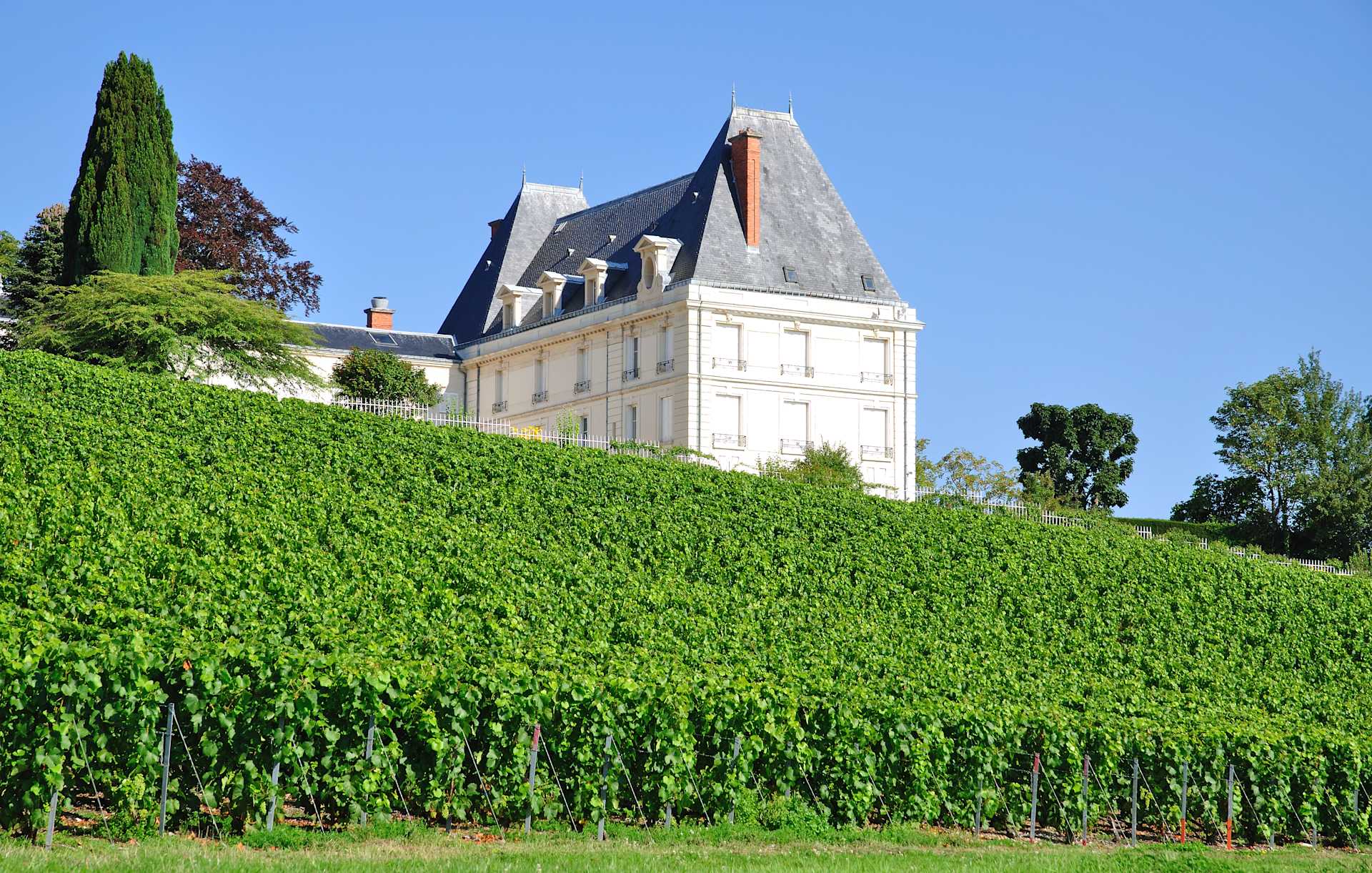
Representing the topmost expression of a Champagne house, a vintage Champagne is one made from the produce of a single, superior harvest year. Vintage Champagnes account for a mere 5% of total Champagne production and are produced about three times in a decade. Champagne is typically made as a blend of multiple years in order to preserve the house style; these will have non-vintage, or simply, NV on the label. The term, "vintage," as it applies to all wine, simply means a single harvest year.

Associated with luxury, celebration, and romance, the region, Champagne, is home to the world’s most prized sparkling wine. In order to bear the label, ‘Champagne’, a sparkling wine must originate from this northeastern region of France—called Champagne—and adhere to strict quality standards. Made up of the three towns Reims, Épernay, and Aÿ, it was here that the traditional method of sparkling wine production was both invented and perfected, birthing a winemaking technique as well as a flavor profile that is now emulated worldwide.
Well-drained, limestone and chalky soil defines much of the region, which lend a mineral component to its wines. Champagne’s cold, continental climate promotes ample acidity in its grapes but weather differences from year to year can create significant variation between vintages. While vintage Champagnes are produced in exceptional years, non-vintage cuvées are produced annually from a blend of several years in order to produce Champagnes that maintain a consistent house style.
With nearly negligible exceptions, . These can be blended together or bottled as individual varietal Champagnes, depending on the final style of wine desired. Chardonnay, the only white variety, contributes freshness, elegance, lively acidity and notes of citrus, orchard fruit and white flowers. Pinot Noir and its relative Pinot Meunier, provide the backbone to many blends, adding structure, body and supple red fruit flavors. Wines with a large proportion of Pinot Meunier will be ready to drink earlier, while Pinot Noir contributes to longevity. Whether it is white or rosé, most Champagne is made from a blend of red and white grapes—and uniquely, rosé is often produce by blending together red and white wine. A Champagne made exclusively from Chardonnay will be labeled as ‘blanc de blancs,’ while ones comprised of only red grapes are called ‘blanc de noirs.’
